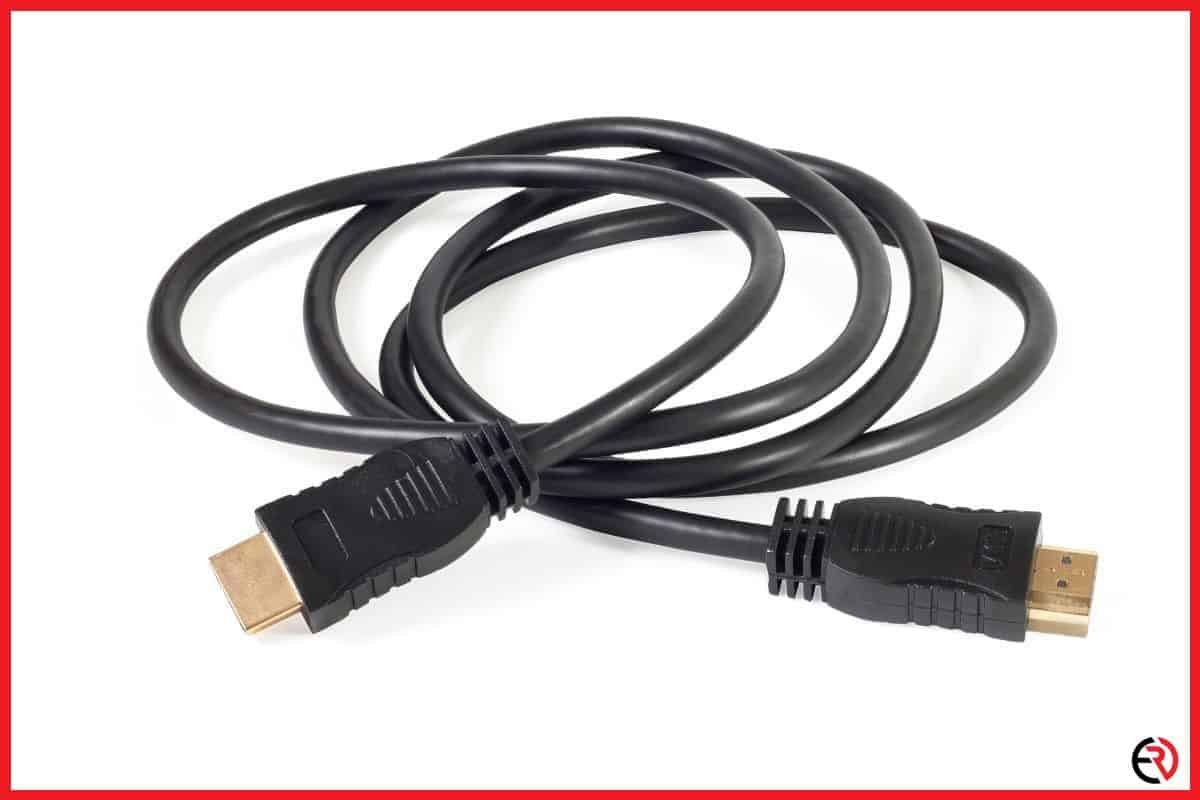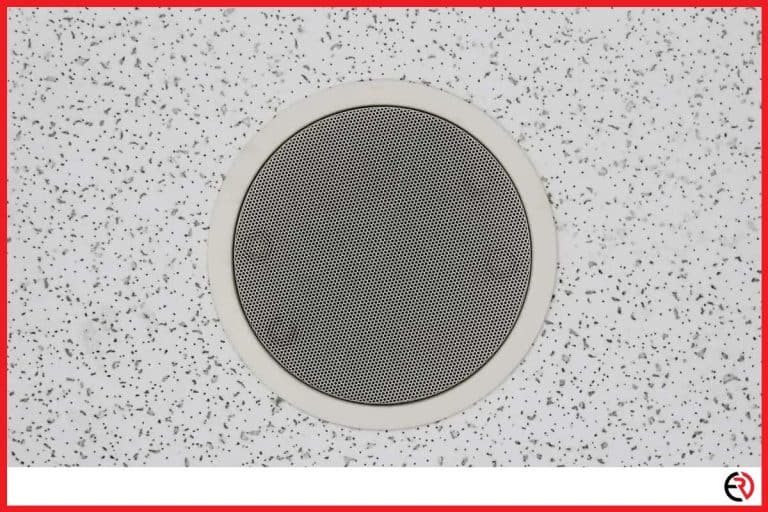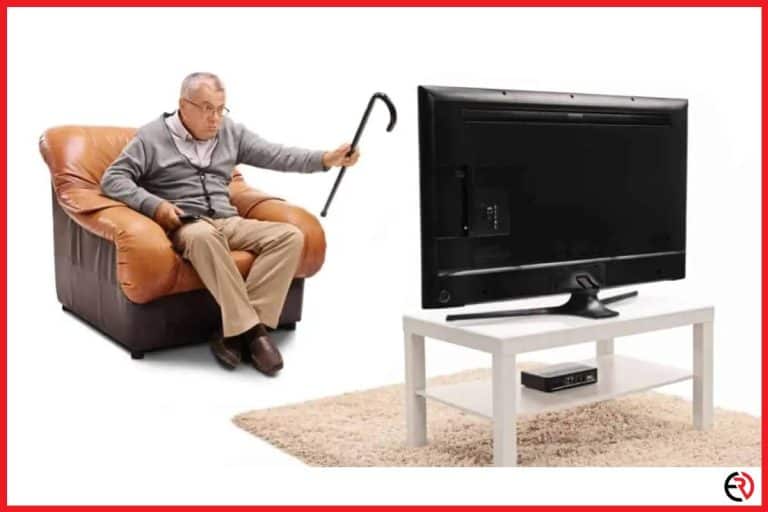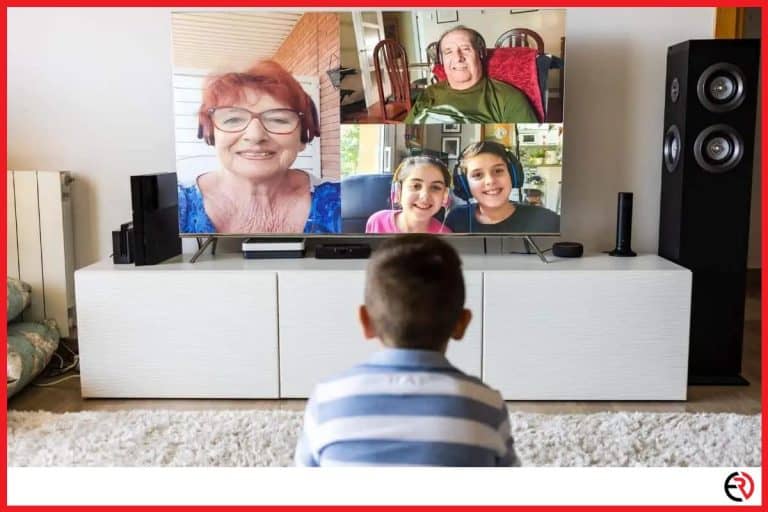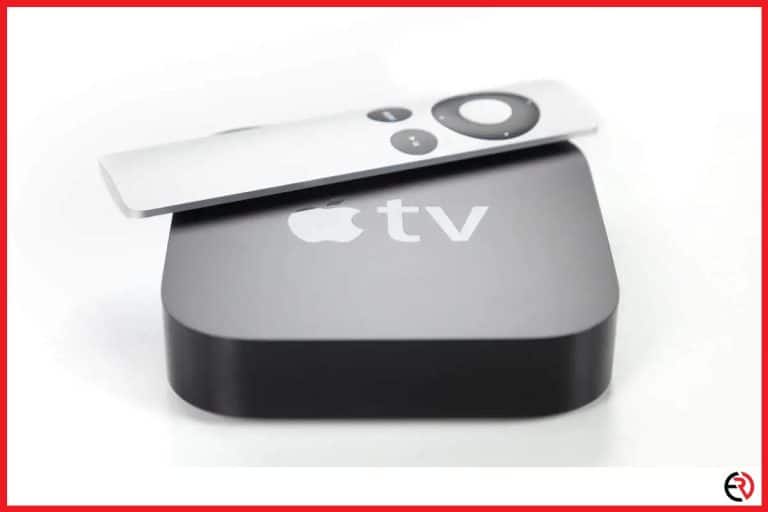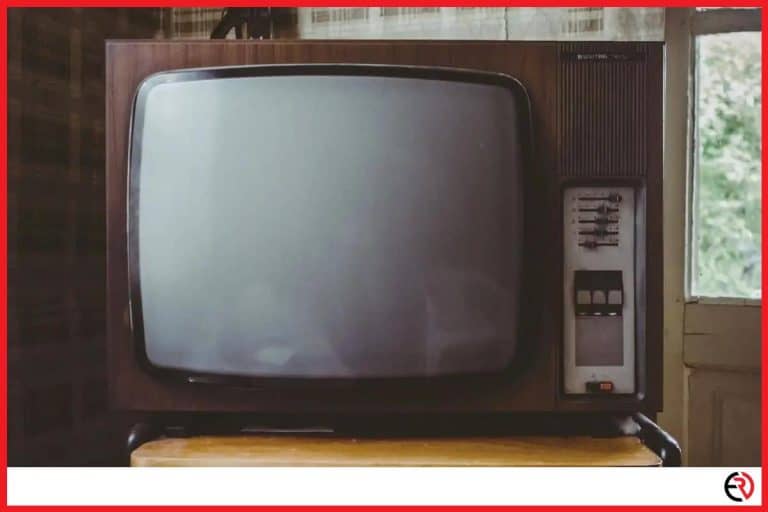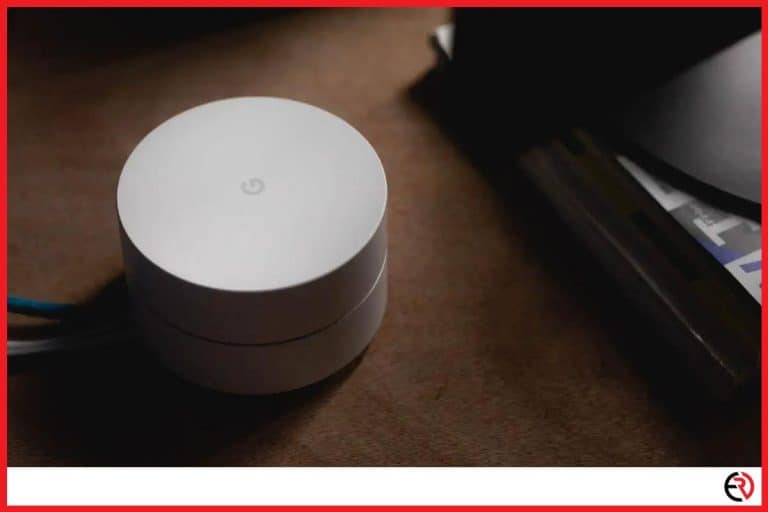Does HDMI Cable Affect Picture or Audio Quality?
This post may contain affiliate links which means that, if you choose to make a purchase, I may earn a small commission at no extra cost to you.
HDMI cables have been the norm for a while. However, the market is full of both ridiculously cheap and unfathomably expensive HDMI cables. There are also other options like DisplayPort cable. That got me wondering if the HDMI cable affects video and audio quality.
When it comes to video and audio quality there is virtually no difference between different HDMI cables, cheap or expensive. With an HDMI cable, it either works or it doesn’t. There’s no middle ground since it’s a digital signal.
Let’s check out why your HDMI cable doesn’t affect picture or audio quality.
HDMI vs other cables
It’s almost impossible to have an apples-to-apples comparison between HDMI cables and other options on the market. VGA cables transmit an audio signal that is both of inferior quality compared to the digital signal transmitted by HDMI and is also more susceptible to interference.
On the other hand, both HDMI and DisplayPort cables transmit the same video signal. There is no difference in quality. As you go higher with the versions, you get more bandwidth that supports higher resolutions and higher refresh rates. Apart from the video signal, HDMI also carries the audio signal and sometimes even transmits data over an Ethernet connection.
That boils down to the competition between different HDMI cables available in the market. Even here there’s no difference in picture or audio quality. The only difference is in bandwidth and Ethernet capability. That’s because all HDMI cables transmit the signal in the same way.
Signal transmission in HDMI
An HDMI cable is made up of many small copper wires. Two versions of the digital signal are sent via different copper wires to the other end. One signal is “out of phase” while the other one is the “real” signal. When the TV or monitor receives both the signals, it puts the out-of-phase signal back in phase and compares it to the “real” signal. This puts any noise picked up by the cable or the interface out of phase and cancels it out.
If you’re into audio gear and have a decent pair of headphones, think of it as a balanced connection cable. Similar to the way XLR cables or balanced 4.4mm TRRRS and 2.5mm TRRS cables work.
This technology works really well and allows HDMI cables to transmit a humongous amount of data over both short and long cables with virtually no distortion. This means cheap cables can work as well as expensive cables when it comes to maintaining the picture and audio quality. It also means that when something goes wrong, it really goes wrong. As long as you’re playing a movie or a show that looks correct with no audio or video dropouts, you’re getting everything.
Video Quality
The 1s and 0s that make a video signal run happily from your source device to the TV through the HDMI cable. With short cables that are less than 5 feet long, there’s rarely an issue. However, over long cables, the signal may suffer from interference if the cable is poorly made. With such cables, if the digital signal gets too noisy you’ll get a horrendously incorrect picture where the TV can’t figure out the color of each pixel.
However, this sort of situation is very unlikely due to the HDMI standard. The HDMI standard allows one error per one billion bits. That means one pixel may be out of order every few seconds in a 1080p video. However, your TV’s signal processing unit can make a fairly accurate guess for such small errors. You’ll need to be a superhuman to notice such errors.
Let’s assume that the HDMI standard is not enforced and manufacturers try to skimp out on the materials as much as possible. However, in order to sell their cables and not get buried under return requests, they will enforce minimum quality control to at least pass the human perception of noticing pixel errors.
Reviewers who claim differing video quality with HDMI cables are implying that the final result on the display could somehow be different than the source signal. You’ll either have everything sent to the TV or it would be a signal full of errors. In the latter case, the TV won’t be able to show you anything or show you an image full of jittery white pixels. There can be no difference in color, resolution, noise, or other such things that define picture quality.
Audio Quality
Some brands like to claim that their expensive HDMI cable sounds better since the cables can transmit the data without any error correction. With HDMI that’s simply untrue. HDMI cables have more error correction for the audio signal compared to the video signal. Even if that wasn’t the case, most audio codecs from Dolby, DTS, and other companies have an extensive audio correction. The cable is irrelevant when it comes to transmitting bitstream data.
If the cable is faulty or made from poor materials that cause data loss between the source and the receiver, the decoders are designed to mute that portion of the signal instead of blasting unknown noise. Unlike the TV that guesses the color of the pixel due to an error, the receiver doesn’t participate in guesswork.
Hence, you get audio dropouts. If the video signal also drops out or has white sparkles, then it’s probably a faulty HDMI cable. However, if the audio drops out and the video stays fine then the audio file may be corrupted or it’s a hardware or software issue in some other place. If there are no audio dropouts and the receiver is decoding an audio codec, you’re getting the complete audio signal without any compromise.
Cheap cables and cable length
So, we have established that there are no major picture or audio quality differences between cheap and expensive HDMI cables. Does that mean that you should buy any HDMI cable you can get? The short answer is no. However, you don’t need to buy an HDMI cable that costs thousands of dollars either.
As long as you get a decent HDMI cable with high bandwidth you’re good. Buy an HDMI cable that is rated for a transfer speed of 48Gb/s. Currently, that’s the highest bandwidth supported by HDMI 2.1. It supports up to 8K resolution with a 60Hz refresh rate. For lower resolutions, you get a higher refresh rate. That means apart from watching TV shows and movies you can also use it for gaming with high frames per second.
Also, make sure that the HDMI cable is made from pure copper wires. Manufacturers that like to skimp out on materials use steel and other poor conductors. There’s no need to look for precious metals like gold, silver, and platinum in the wires. They increase the cost drastically without offering proportional benefits. Instead, you can look for gold contact points on the HDMI connector of the cable. That will make the connection less susceptible to corrosion.
If you need a long HDMI cable make sure that the cable uses thicker gauge copper wiring. Otherwise, your signal may suffer quite a lot of errors. You can also look at reviews for a fair assessment of the cable.
Conclusion
HDMI ports and cables are everywhere around my home. From my computer and TV to my console. Instead of spending an exorbitant amount of money on HDMI cables, I think it’s better to spend on your gear. That’s what actually makes a difference in the audio and picture quality. I hope this article was helpful to you.

